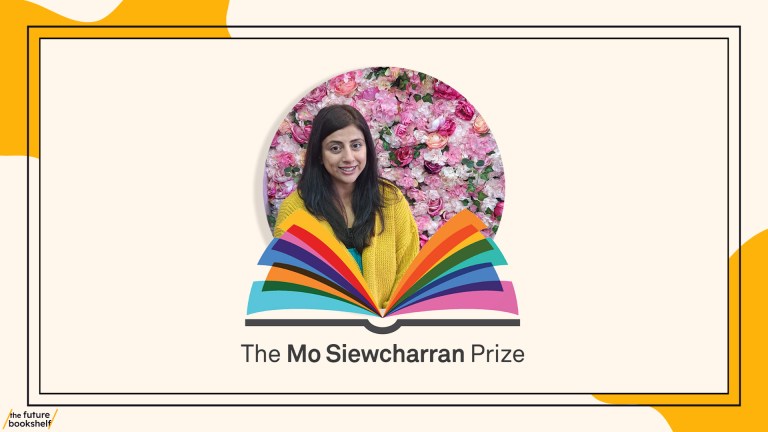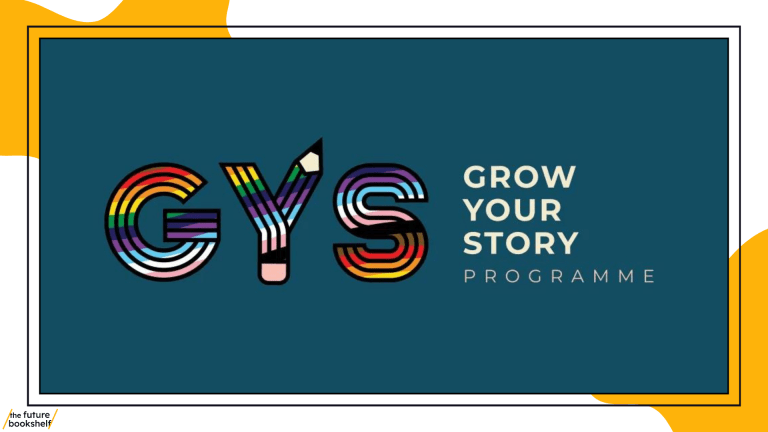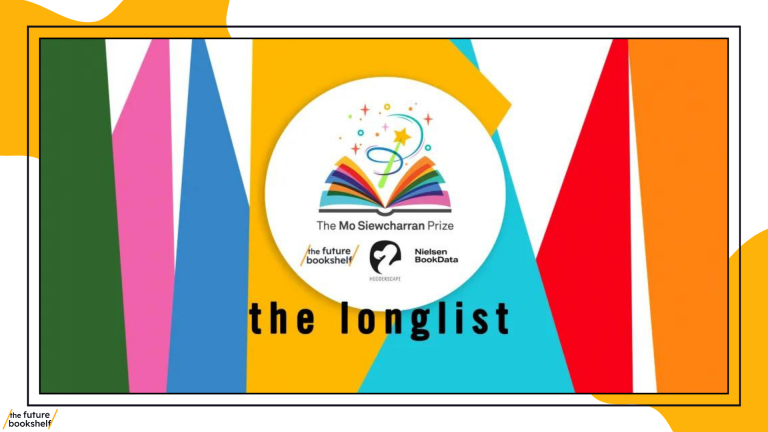How Do I Outsmart Writer’s Block?

Use clustering to explore new avenues in your writing
Snapshot: clustering
Take a piece of paper and a pen – or a felt pen plus a huge wall or whiteboard can be great fun. Write one of the potent words from your last piece of writing in the middle of the page and circle it. Then start freeassociating
outwards, in chains of words and phrases so that you get a spider-diagram, until the page is full. Try to open your mind to whatever turns up in it: the next word might be connected by sound – rhyme and rhythm – rather than meaning, or references, connotations, patterns or oppositions.
Above all, don’t try to force the logic, or censor anything just because it doesn’t seem to make sense. If you go blank, just stay with the blankness – with what poet and novelist Philip Gross calls the not-knowing – or switch to another chain, or start a new one.
For an example of a cluster I did on the word Gold, see Appendix IV of Get Started in Writing Historical Fiction. When the page is full, look it over. Are there any other connections you can spot, in sense or sound? Draw a line between them. Are there any interesting oppositions? In the cluster I did on ‘gold’, ‘cold’ turned up several times: it’s always interesting when that happens.
Adapted from Get Started in Writing Historical Fiction by Emma Darwin





